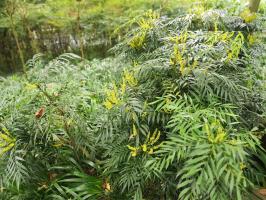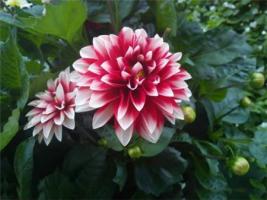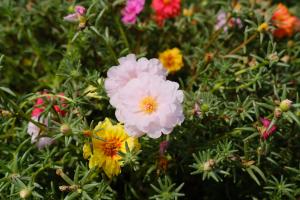What Part of Plant Makes Seeds
When it comes to the process of plant propagation, one of the most essential parts is the formation of seeds. However, have you ever wondered what part of a plant makes seeds? In this article, we will dive into the topic and explore the different parts of a plant that contributes to the formation of seeds.
The Reproductive System of Plants
Plants have a fascinating reproductive system that involves both male and female parts. The male reproductive structure is the flower's stamen, while the female reproductive structure is the pistil. Each flower contains both male and female reproductive parts. The stamen consists of the filament and the anther, which produces and holds the pollen. The pistil comprises the stigma, the style, and the ovary, which contains the ovules that develop into seeds.
The Role of Pollination
The process of pollination is an essential step towards the formation of seeds. Pollination occurs when the pollen from the anther of one flower is transferred to the stigma of another flower. This transfer can be done through wind or various pollinators such as insects and birds. Once the pollen lands on the stigma, it travels down the style and into the ovary. The pollen then fertilizes the ovules, which develop into seeds.
Formation of Seeds from Ovules
The ovules play a significant role in the formation of seeds. Each ovule contains an egg cell that will develop into the seed after fertilization. Once the pollen has fertilized the ovule, the cells in the ovule divide and grow. The developing seed receives nutrients through the vascular tissues of the plant.
The Importance of Seed Dispersal
Seed dispersal is crucial for the survival of plant species. The dispersal of seeds allows them to find new areas for growth and reduce competition among plants. A few methods of seed dispersal include wind, water, animals, and even human activities. For example, some seeds have adapted to attach themselves to animals to be carried to new locations.
In conclusion, seeds are an essential part of plant reproduction, and several plant parts contribute to their formation. The male and female reproductive structures, along with the ovules, play a crucial role in the process of seed production. Without seed dispersal, plants would struggle to find new areas for growth and reproduction. Understanding the process of seed formation and dispersal can ultimately help us conserve plant species and their habitats.

 how many times do yo...
how many times do yo... how many planted tre...
how many planted tre... how many pine trees ...
how many pine trees ... how many pecan trees...
how many pecan trees... how many plants comp...
how many plants comp... how many plants can ...
how many plants can ... how many plants and ...
how many plants and ... how many pepper plan...
how many pepper plan...






























